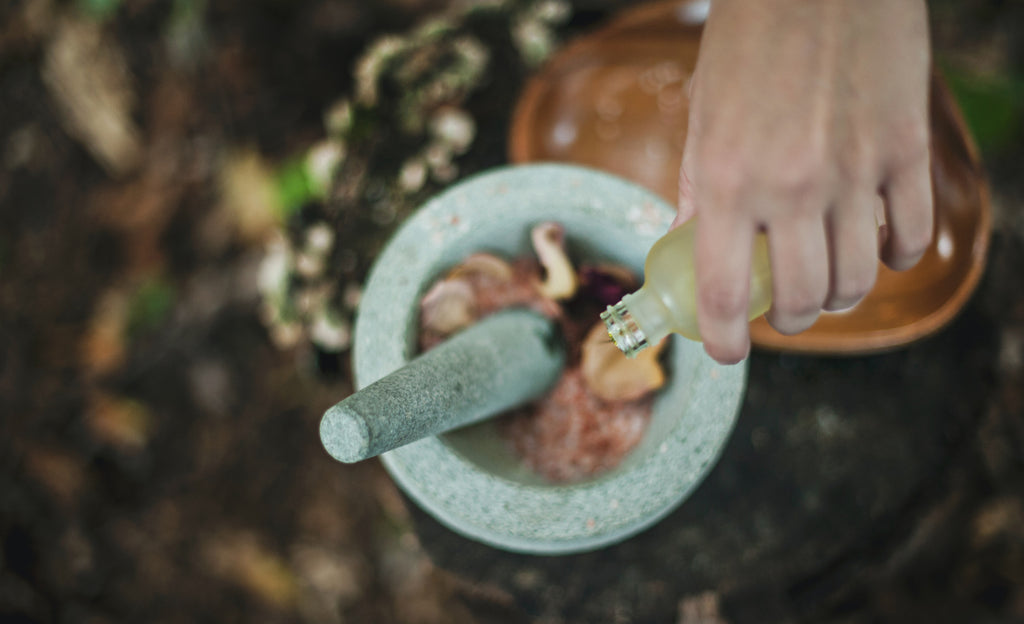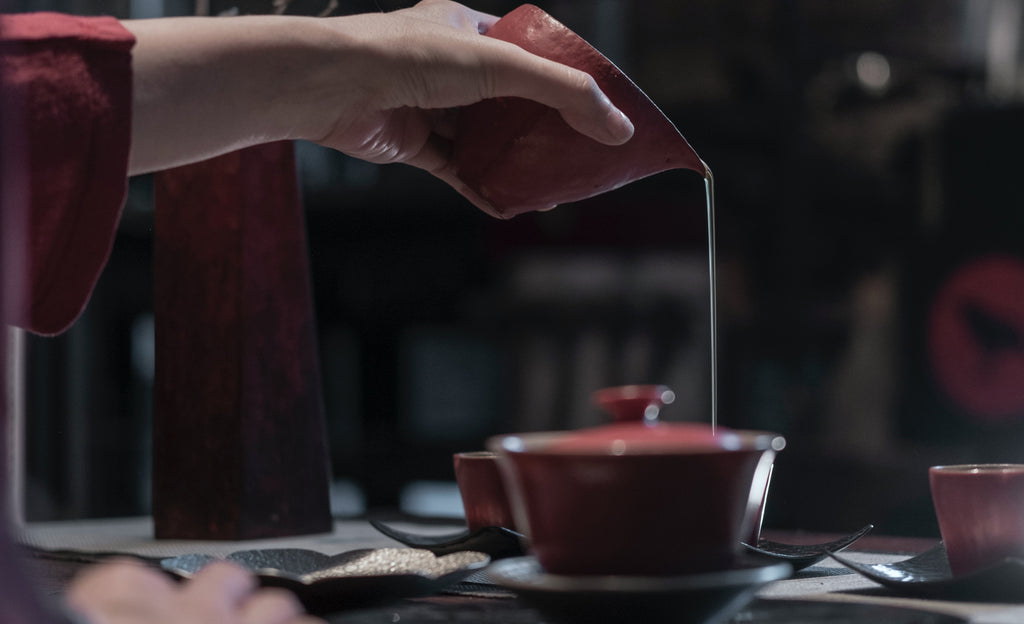Color Therapy and How Does It Work?
Color therapy. Most likely, everyone has already heard about that. Either as the phrase itself or as how it is otherwise called, chromotherapy. The dictionary tells us that is a therapy based on the effects of colors and colored lights. It is used to treat mental and also physical health, through changes in our moods and feelings and emotional instances, and our biology itself.

Chromotherapy began a long time ago. Centuries ago.
Records show that in ancient Egypt, Greece, China and India, light therapy was used. Sunlight was used for healing.
The ancient Aurvedic physician Charaka used to prescribe exposure to sunlight as treatment for a variety of diseases, mainly skin problems. Of course, over-exposure, as with any other treatment, is not recommended. That was back in the sixth century BC. This form of color therapy is referred to as phototherapy.
The ancient Greeks used colored garments, oils, plasters, ointments and salves. They would use these as mediums for colors, because they noticed physical and biological changes when exposed to different colors. This is how hydrochromopathy was born.
The father of early modern medicine (980-1037), Ibn Sina, also known among his peers as Abu Ali Sina and in the West as Avicenna, was a Persian polymath – a person of wide knowledge or learning – viewed colors as an effective treatment. In his book “The Canon of Medicine,” he describes that colors can indicate symptoms of a disease and would find the reciprocating way to treat the disease: yellow being used to reduce muscular pain and inflammation; red removed or healed blood clots; blue or white cooled the body and circulatory system. Maybe we we try a little experiment at home: wear red when it is cold and notice if it helps with fighting off the cold; and wear blue and white when it is hot and notice if the body does cool down.
Later on, his works caught the attention of the 19th century healers and in 1942, Russian scientists experimented and found out that red light stimulates the sympathetic nervous system, which is the nervous system that directs the body's involuntary response to dangerous or stressful situations. Blue and white light, on the side, stimulates the parasympathetic nervous system, which is the nervous system that regulates bodily functions that are outside of the voluntary spectrum, therefore everything automatic, like arousal, salivation, lacrimation, digestion and removal of waste. The sympathetic and the parasympathetic systems are complementary functions, and needs to work in tandem to maintain the body's proper homeostasis – which is the term used to describe the self-regulating process by which biological systems maintain stability while constantly adjusting to changing external conditions.

This is how red, blue and white are essential to us.
Our Persian polymath made a whole color chart, with results of his observations. The chart can be found in his book, The Canon of Medicine.

Over the years, more have been discovered about the effects of colors on us human beings. The 20th century healers and scientists discovered the scientific principles that explain why and how different color rays have various therapeutic effects on the body and mind. They discovered that there is a unique color or energy vibration that either sedates or stimulates the stream of energy we are made up of us and which goes through specific organs. When this stream is disrupted, mental and physical imbalances occur and health problems arise. Targeting the stream or specific branches of the main stream with the adequate color and energy vibration will restore the balance. Since light and colored lights are made up of specific vibrations, they could act as medicine.
This is the basis of chromotherapy theory.

While it is still not accepted in modern medicine and not considered viable my medical science, the effects are measurable. Just not totally understood.
I would hope that the research continues and we discover more wonders of how we react to colors and colored light. Because lets face it, we know insects and animals already know what we do not yet know.




